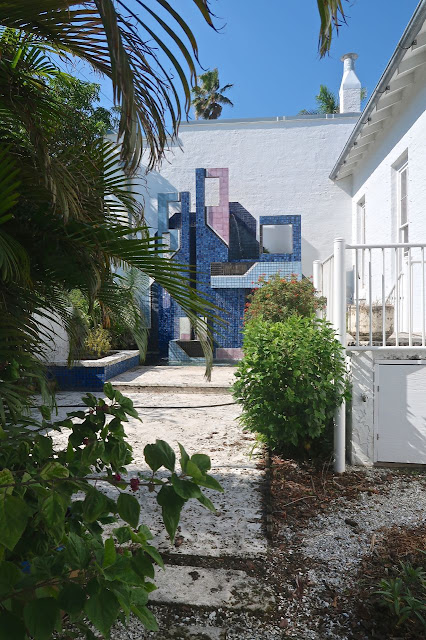Adapted from Yotam Ottolenghi's recipe for Castelluccio Lentils with Tomatoes and Gorgonzola from his award-winning cookbook 'Plenty,' I created this modified version of his inspired masterpiece, while still retaining the spirit and exceptional flavour of the original dish, but eliminating some of the needless extra calories. Instead of adding soft and sinful morsels of high-fat Italian gorgonzola cheese, a generous dollop of thick and creamy low-fat plain Greek yogurt crowns the salad in its place. Still, flavour reigns supreme with a magnificent marriage of sweet oven roasted cherry tomatoes, marinated sliced red onions, fresh chopped cilantro and heart-healthy low calorie lentils, all dressed with a fragrant dressing of garlic, cumin and olive oil. Simple and delicious, this dish tastes as healthy and sensational as it looks.
Lentil Salad with Roasted Tomatoes, Red Onion & Cilantro
Serves 6
1 19 oz can lentils, rinsed
Juice of 1/2 lime and 1/2 lemon
1 tbsp white wine vinegar
1 red onion, thinly sliced into rings
2 tbsp extra-virgin olive oil
1 tsp ground cumin
1 small garlic clove, crushed
1/4 cup chopped cilantro
12-16 cherry tomatoes, halved and roasted
1/8 cup olive oil
1 cup Greek yogurt, as garnish
Preheat the oven to 400°F. Toss the tomatoes together in a large bowl with 1/8 cup of olive oil, salt and pepper, and toss to coat. Place the tomatoes, cut side up, in one layer on a foil-lined baking sheet and roast for 45 minutes, until the tomatoes are soft and lightly caramelized. Remove from the oven and allow to cool. This can be done a day before.
Mix the lemon and lime juice, vinegar and a pinch of salt in a small bowl, then add the sliced onion rings and toss to coat. After 10-15 minutes the onions will soften and turn pinkish. Whisk in the oil, cumin and garlic to the onions, then add the lentils, cilantro and roasted tomatoes. Season to taste with salt and pepper, and combine the salad well. Serve in a decorative bowl and top with a crown of plain Greek yogurt and garnish of chopped cilantro.












































